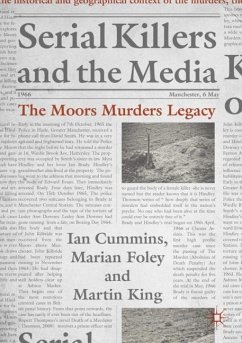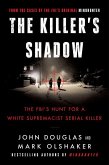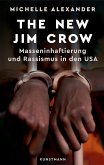This book examines the media and cultural responses to the awful crimes of Brady and Hindley, whose murders provided a template for future media reporting on serial killers. It explores a wide variety of topics relating to the Moors Murders case including: the historical and geographical context of the murders, the reporting of the case and the unique features which have become standard for other murder cases e.g. nicknames for the serial killers, and it discusses the nature of evil and psychopaths and how they are represented in film, drama, novels and art. It also questions the ethics of the "serial killing industry" and how the modern cultural fixation on celebrity has extended to serial killers, and it explores the impact on the journalists and police officers from being involved in such cases including some interviews with them. The treatment of Brady and Hindley by the media also raises profound questions about the nature of punishment including the links between mentalillness and crime and whether there is ever the prospect of redemption. This book draws on cultural studies, criminology, sociology and socio-legal studies to offers a multi-dimensional analysis of the impact of this case and then uses this as a basis for the analysis of more recent cases such as the crimes of Peter Sutcliffe and Harold Shipman.
Bitte wählen Sie Ihr Anliegen aus.
Rechnungen
Retourenschein anfordern
Bestellstatus
Storno








